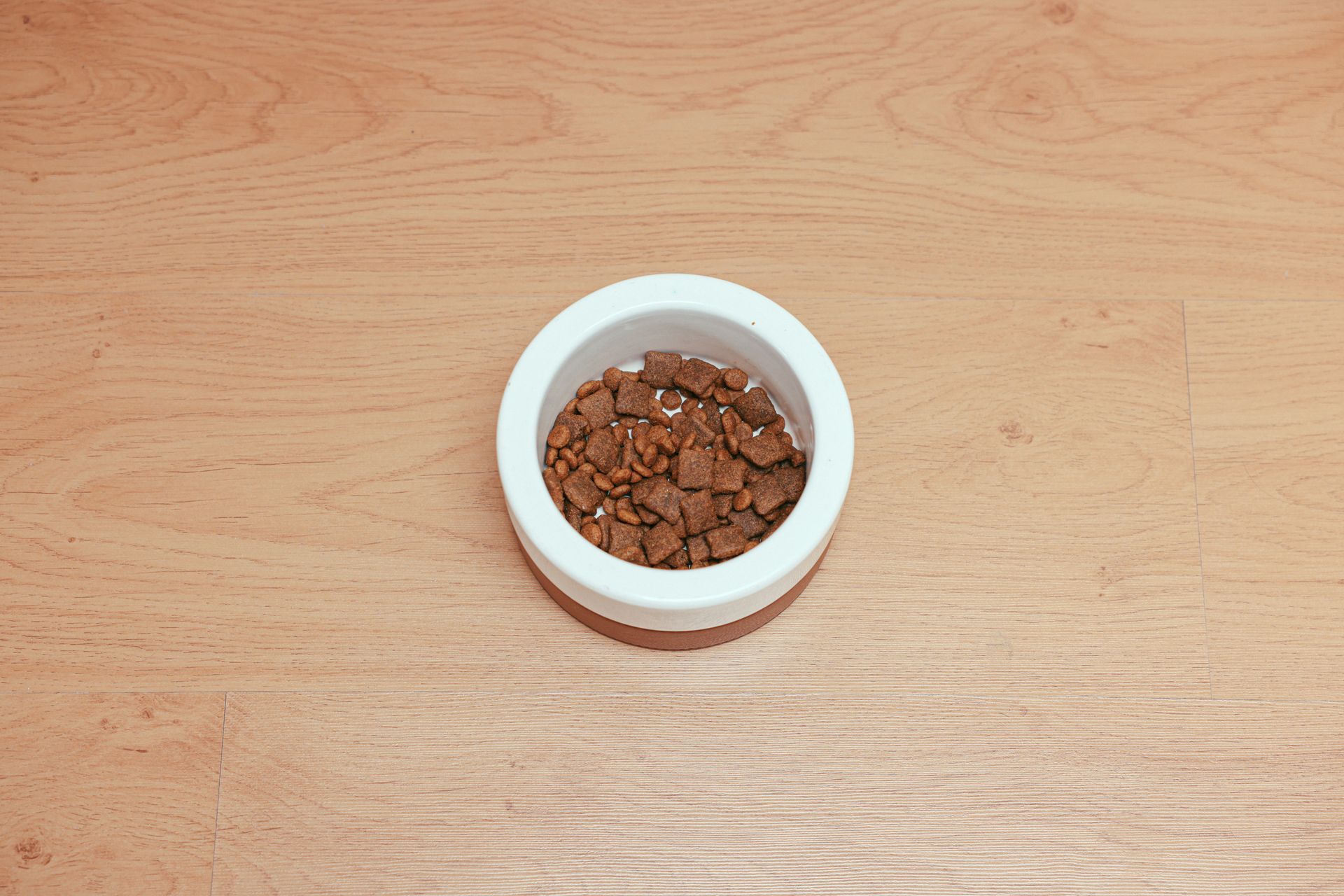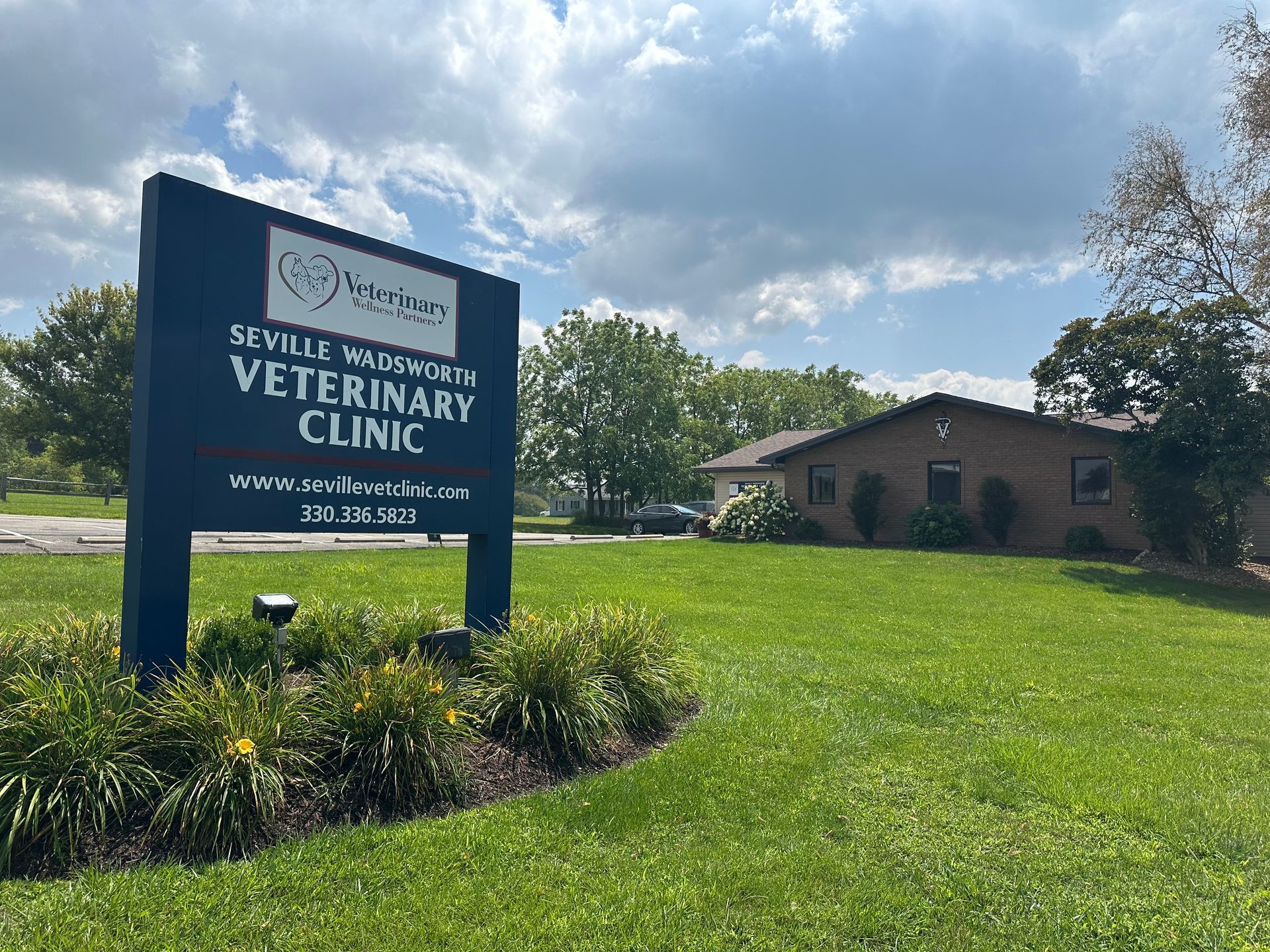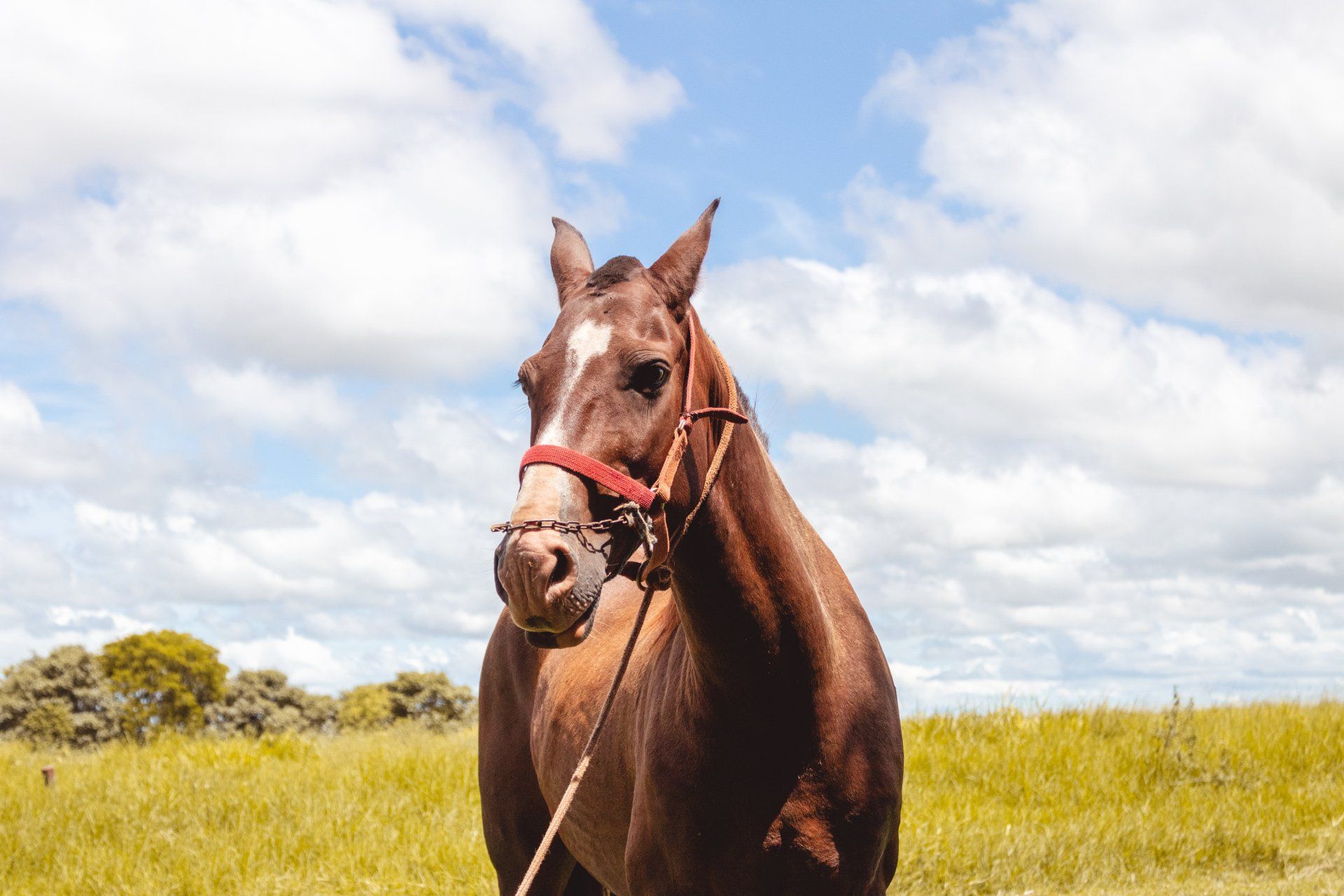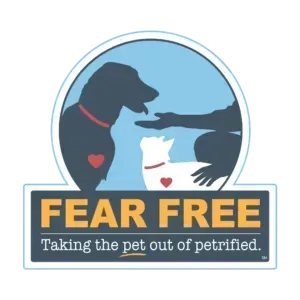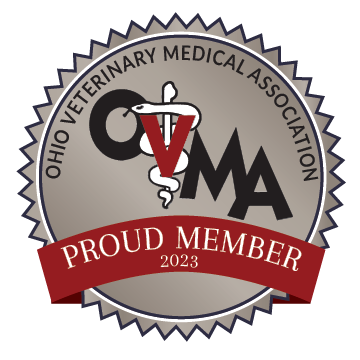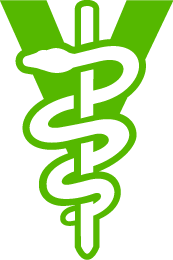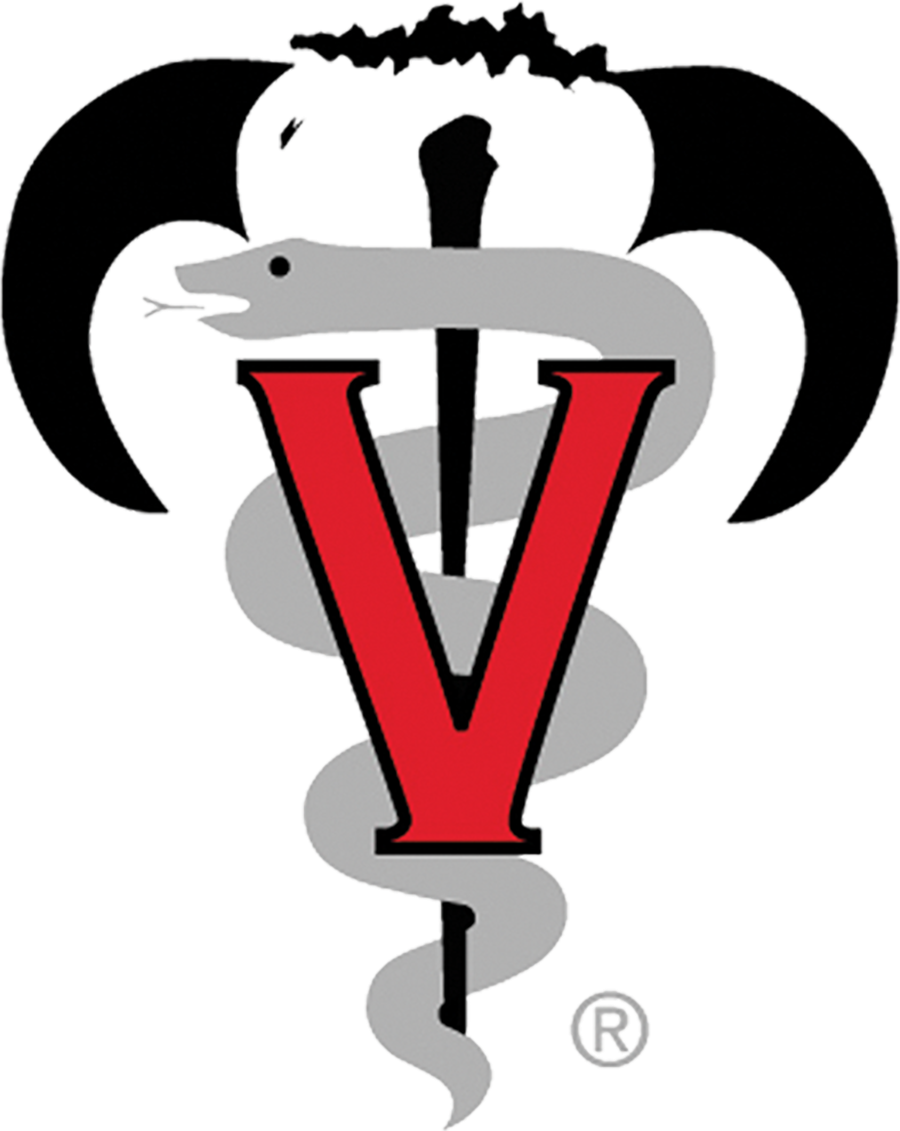IS BRD COSTING YOU?
February Bovine Health
Find out if BRD is costing you more than you think
Gabe Middleton DVM
Bovine respiratory disease (BRD) continues to plague the dairy industry. Raising replacement heifers is already an expensive proposition for dairy producers, but when factoring in the increased cost of raising heifers with either clinical or subclinical BRD, the heifer program becomes even more costly. Clinical BRD is not difficult to recognize. The heifer has a fever, cough, nasal discharge, and may have a reduced appetite. Subclinical BRD occur when lung lesions are present, but the calf does not show outward signs of disease. Subclinical BRD is costly and may be present in a larger percentage of heifers than clinical BRD. Lung ultrasound is a technique that may provide some insight as to the level of subclinical BRD in youngstock.
Lung ultrasound is a relatively new technique where your veterinarian can determine lung pathology without a stethoscope. In fact, ultrasound of lungs is a much more sensitive indicator of disease than a stethoscope. Most bovine veterinarians already have a reproductive ultrasound, which will work just fine to ultrasound the lungs of calves or heifers. Isopropyl alcohol is used to help improve contact between the animal’s skin and the ultrasound probe. Normal lungs are filled with air and show up as an artifact on the ultrasound that looks like lines parallel to the animal’s body wall. When lung disease (fluid, cells) is present, there is evidence in the form of white lines running perpendicular to the body wall. This is known as a comet tail. Comet tails range in size from less than one centimeter to over three centimeters. When areas of lung consolidation become too severe, an abscess can form and can be visualized by the ultrasound.
Perhaps the science of lung ultrasound has you confused at this point. Focus on the big picture ways that lung ultrasound can help your dairy operation. Your veterinarian can quickly learn the lung ultrasound technique and the scoring system, which identifies how many lung lobes are affected.
There are multiple ways lung ultrasound can help a dairy. Some common ones are:
1) Determine which animals are candidates for culling
2) Determine the extent of subclinical BRD in replacement animals
3) Measure the success of BRD therapy
Traditional measures of BRD treatment success are reduced fever, restored appetite, lack of heavy breathing, and the animal not dying. Lung ultrasound has taught us that these are actually quite poor indicators of treatment success. Lung ultrasound can be utilized to score a group of new cases on the day of treatment, and again 7-10 days later. There should be a dramatic improvement of lung ultrasound scores at the recheck examination. Treatment success is defined as the lung ultrasound scores returning to normal or near normal. If less than 80% of animals treated aren’t cured based on lung ultrasound, further discussion is warranted, as several possible explanations for this exist. Perhaps animals are not being identified and treated for BRD early enough in the disease process. Remember that calves and heifers will have a good appetite early into BRD, so it is not a sensitive enough indicator to base treatment decisions on. Other factors potentially delaying improvements in lung ultrasound scores include pathogens that are difficult to treat (e.g. Mycoplasma bovis), very poor ventilation, and/or inappropriate therapy/dose.
Lung ultrasound can also be utilized to determine the extent of subclinical BRD in a group of calves or heifers. The impact of lung lesions on first lactation milk yield is well documented. Increased lung scores can easily cost a heifer over 1,000 pounds first lactation milk yield. Consider scanning calves and heifers at various ages to get a baseline. Repeating an ultrasound in a month to once again scan and determine if the problem is consistent at a certain age. If lung ultrasound scores consistently start to increase at a certain age, further investigation is needed. Perhaps there is a lapse in vaccination, movement into a facility with poor ventilation, or inappropriate movement causing the issue. Either way, lung ultrasound can uncover where the BRD bottleneck is to the heifer growing operation.
Lastly, culling of heifers is a practice that producers do not like to consider, but may be necessary on a select few animals. Studies have shown that heifers with more damaged lung scores or with the presence of lung abscesses are not productive future members of the herd. While culling heifers is a losing proposition due to high inputs and low value, producers should put a stop to the financial loss of that particular animal and decide to cull.
Lung ultrasound is an excellent tool to make some “next level” types of management decisions on the dairy. Your veterinarian is uniquely qualified to perform, track, and assess the status of BRD and make recommendations to get the most out of the replacement heifer operation.

